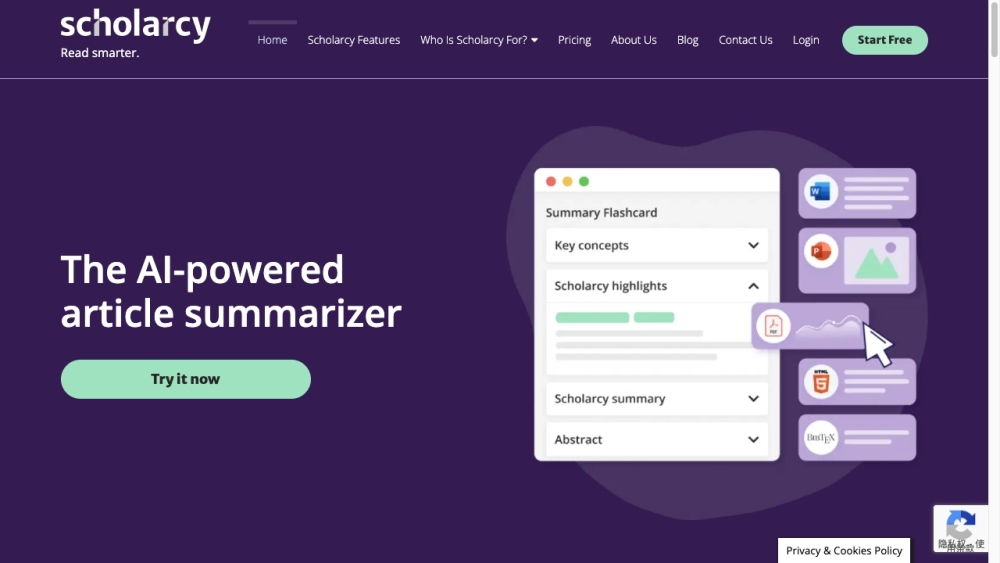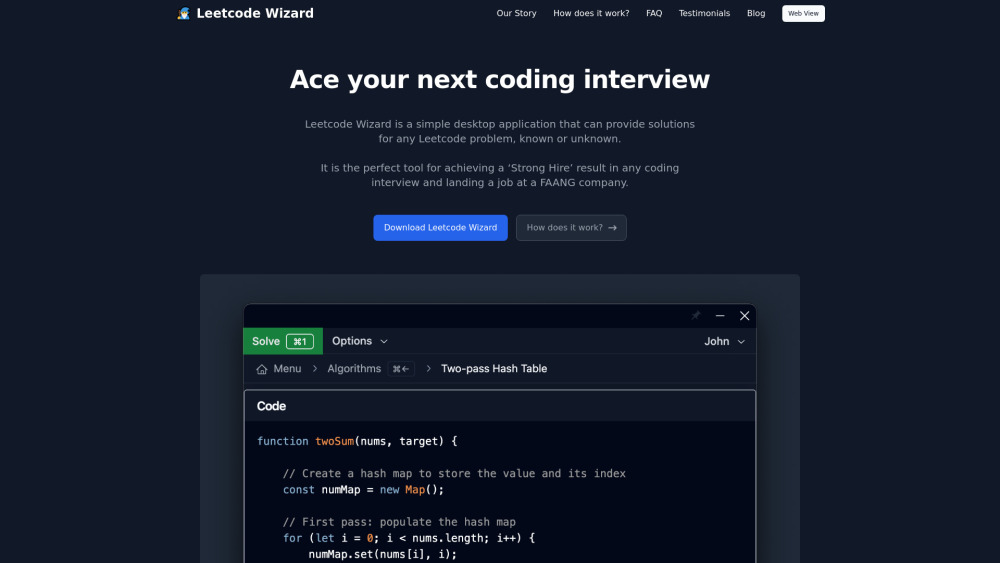Security Leaders: Bridging the Gap Between Intentions and Actions in AI and MLOps Security
A recent report reveals a troubling disconnect between the intentions of security leaders and their actions regarding the protection of AI and MLOps systems.
While an overwhelming 97% of IT leaders emphasize the importance of securing AI and safeguarding their systems, only 61% are confident about securing the necessary funding. Alarmingly, 77% of these leaders reported experiencing some type of AI-related breach, yet just 30% have implemented manual defenses against adversarial attacks in their current AI development processes, including MLOps pipelines.
With only 14% of organizations preparing for potential AI agent attacks, the reliance on AI models continues to increase, making them a prime target for adversarial AI threats. On average, organizations have 1,689 AI models in production, with 98% of leaders considering some models essential to their success. Furthermore, 83% report widespread use of AI across their teams, indicating a pressing need for secure practices. "The industry is pushing to accelerate AI adoption without adequate security measures in place,” state the report's analysts.
Understanding Adversarial AI
Adversarial AI seeks to deliberately mislead AI and machine learning (ML) systems, rendering them ineffective for their intended purposes. This manipulation uses AI techniques to exploit vulnerabilities, similar to a skilled chess player targeting an opponent's weaknesses. Traditional cyber defenses often struggle to detect these sophisticated attacks.
HiddenLayer’s report categorizes adversarial AI into three main types:
1. Adversarial Machine Learning Attacks: These attacks exploit algorithmic vulnerabilities, aiming to alter the behavior of AI applications, evade detection systems, or steal proprietary technology. Nation-states often engage in espionage for political and financial gain, reverse-engineering models for illicit purposes.
2. Generative AI System Attacks: Attackers target the safeguards around generative AI, including data sources and large language models (LLMs). Techniques used in these attacks can bypass content restrictions, allowing the creation of prohibited materials like deepfakes and misinformation. The 2024 Annual Threat Assessment from the U.S. Intelligence Community highlights China's sophisticated utilization of generative AI to influence democratic processes, particularly during U.S. elections.
3. MLOps and Software Supply Chain Attacks: Typically perpetrated by nation-states or organized crime syndicates, these attacks aim to disrupt the frameworks and platforms integral to AI system development. Strategies involve compromising MLOps pipeline components to introduce malicious code or poisoned datasets.
Four Strategies for Defending Against Adversarial AI Attacks
The more significant the gaps in DevOps and CI/CD pipelines, the more prone AI and ML model development becomes to vulnerabilities. Protecting models remains a dynamic challenge, especially with the rise of generative AI weaponization. Here are four proactive steps organizations can take:
1. Incorporate Red Teaming and Risk Assessments: Make red teaming a core practice within your organization's DevSecOps framework. Regularly assessing system vulnerabilities allows for early identification and fortification against potential attack vectors throughout the MLOps System Development Lifecycle (SDLC).
2. Adopt Effective Defensive Frameworks: Stay informed about various defensive frameworks relevant to AI security. Designate a DevSecOps team member to evaluate which framework—such as the NIST AI Risk Management Framework or the OWASP AI Security and Privacy Guide—aligns best with the organization’s objectives.
3. Integrate Biometric and Passwordless Authentication: Combat synthetic data-based attacks by incorporating biometric modalities and passwordless authentication in identity access management systems. Utilizing a combination of facial recognition, fingerprint scanning, and voice recognition can enhance security against impersonation threats.
4. Conduct Regular Audits and Updates: Frequently audit verification systems and maintain up-to-date access privileges. With synthetic identity attacks on the rise, ensuring that verification processes are current and routinely patched is critical for effective defense.
By addressing these strategies, organizations can enhance their security posture against the evolving landscape of adversarial AI threats.




